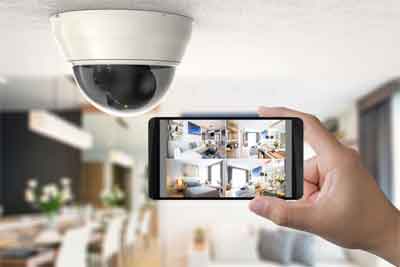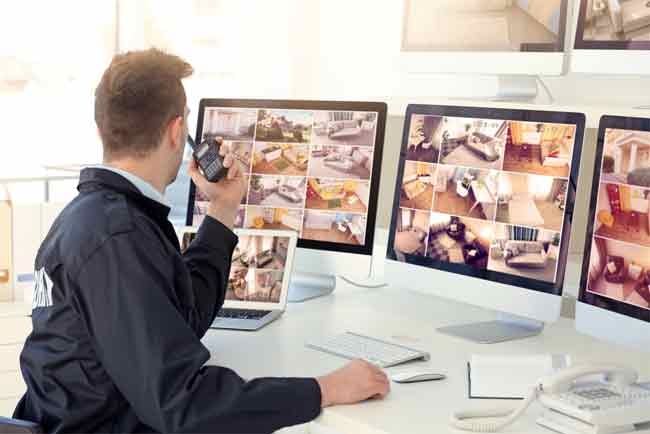Home security is a serious issue for many Americans, and they are increasingly turning to surveillance cameras to help protect their property. But there’s more to know about installing these systems than just where to put them, as the pros and cons of home security cameras can have major effects on your life in either case. Learn what you should know before you set up a surveillance camera around your home!
What is a surveillance camera and how does it work?

A surveillance camera is any camera that is used to record the activities of a particular space for one or more reasons, including law enforcement, public gatherings, and monitoring a particular individual.
A surveillance camera is a camera (usually digital) that is set up to monitor a particular person, place or object. They are used in many different places around the world for many different reasons and each has its own specific purpose. Surveillance cameras can monitor any public place including schools, malls and even banks.
What Are the Benefits of Surveillance Cameras?
Surveillance cameras that are monitored by a live person have been shown to increase the rate of apprehension of criminals. Surveillance cameras that are watched remotely can be used to improve security at all hours, even when there is no guard on duty. A recorded video can be saved if a crime occurs and used as evidence later.
What Are the Disadvantages of Surveillance Cameras?
A live person must watch all camera feeds at all hours, which takes a lot of time and money. Recorded video can be tampered with or erased. Also, keeping recorded videos for an extended period of time can take up much needed space on your drive.
How Do You Set Up a Surveillance Camera around Your Home?

The first step in setting up a surveillance camera is to decide where you would like to set it up. Do you want the camera inside or outside your home? What room do you want it in, and what angle will provide the most useful information for whoever may use it? You can drill into floors or walls, or secure the camera to a shelf or desk.
The next step in setting up a surveillance camera is to buy the equipment you will need. If you have chosen an indoor location, then you will need a power outlet where the camera can be plugged in. For outdoor locations, such as on your property, make sure that the camera has some kind of weather cover, and is secured to a surface in order to protect it from thieves. Next you will need to run the cables through your home or office in order to get them where they need to go. If you plan on watching your surveillance cameras remotely then you will need router(s) that are connected wirelessly or wired to your router. If you plan on watching with someone else, then you will need router(s) that are wired or connected wirelessly to a television or monitor.
Now comes the easy part, it’s time to start setting up your surveillance camera systems! Make sure that everything is plugged in and working properly before using your system.
What Are the Surveillance Camera Laws?
The laws vary by state and municipality, but generally speaking, homeowners or business owners have a right to install security cameras on their own property as long as they don’t invade anyone’s privacy when they do so.
Conclusion:
Surveillance cameras are used in many different places for many different reasons. Some have to do with safety, others are just for fun. It is important to know the laws in order to avoid accidentally invading anyone’s privacy and breaking the law. Make sure that before you choose where and how you want to set up your surveillance camera(s) that you have all the equipment, cables and router(s). If you plan on watching remotely, make sure to also pick up a subscription for your recorder.
